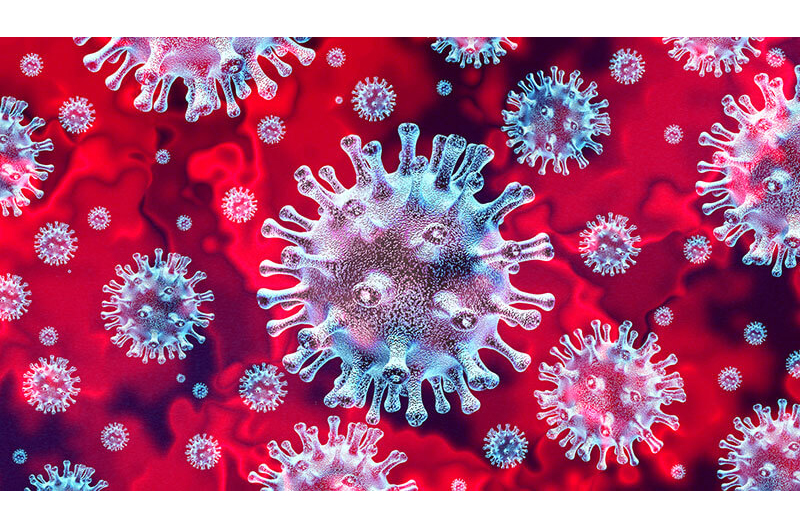By Cindy Rice, RS/Eastern Food Safety
What do we know about the ongoing coronavirus outbreak and its threat to the foods in our supply chain? While the Centers for Disease Control (CDC) is still evaluating the risk of this new virus worldwide, in March the agency warned that the numbers of illnesses from this virus may spike dramatically in the U.S., with a significant disruption in daily life.

What can we do in the hospitality industry to keep our foods safe and help prevent spread of this respiratory illness? We need to continue everyday food safety measures and standard operating procedures, especially since CDC believes that symptoms of coronavirus may appear in as few as two days or as long as 14 days after exposure:
- Proper handwashing and glove usage, with good personal hygiene;
- Minimize bare hand contact with ready-to-eat foods;
- Keep utensils and equipment food contact surfaces cleaned and sanitized as usual;
- Clean and sanitize non-food contact surfaces if contaminated (with respiratory particles or other hazards);
- Employees report symptoms of fever, cough, shortness of breath, perhaps seek medical attention; and
- Offer sanitizer wipes to customers for use on grocery carts, airplane trays and other surfaces.
Here is some background information on coronavirus from the CDC: Coronaviruses are a large family of viruses that are common in many different species of animals, including camels, cattle, cats and bats. Animal coronaviruses rarely infect people or go on to spread from person to person, which has happened with MERS-CoV, SARS-CoV, and now apparently with this new virus (named SARS-CoV-2), simply referred to in the media these days as “coronavirus” or “Covid-19.”
The complete clinical picture with regard to coronavirus is not yet fully understood and there is currently no vaccine or cure for the disease. Global efforts at this time are focused on containing spread of this virus and mitigating its impact—symptoms can range from mild to severe, with a death rate of approximately 2 percent, currently. CDC is operationalizing all of its pandemic preparedness and response plans, working closely with state, local, tribal and public health partners to respond to this threat until vaccine or medications treatment can be identified. CDC recommends getting a flu vaccine, taking everyday preventive actions to help stop the spread of germs and taking flu antivirals if prescribed.
In the meantime, let’s continue to do our part to keep our food supply safe, food establishments healthy and protect the public health.
For people who are ill with Covid-19, follow CDC guidance on how to reduce the risk of spreading your illness to others.

